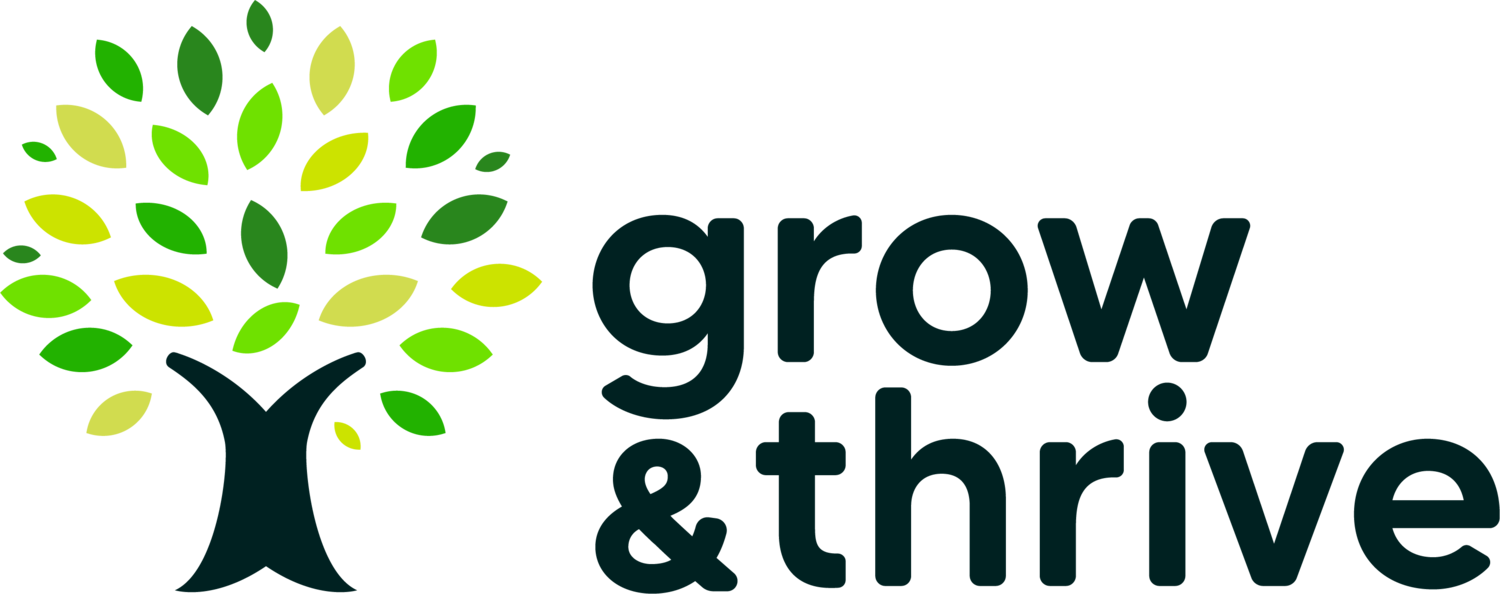The benefits of augmentative communication
Reflections of an SLT Mummy
So in these really challenging times the last thing we need is a trip to sick kids but today that is where we ended up. The fabulous NHS staff had us in cleaned up and out in under an hour and were reassuring that the tooth pierced lip was a totally valid reason to have taken the 40 minute trip in.
Once home and in a lot of pain, the fearful memories of tonsillectomy were rife in my 4 year old and he became silent, his non verbal skills coming to the fore but were not adequate to convey his messages so what could I do to reduce the frustration we were both feeling...
Get the iPad out and open one of several AAC apps I have on there of course. With a bit of modelling, he was able to say he was thirsty but afraid, he was frustrated, he wanted a strawberry ( but was scared) and that he hurt.
Sharing feelings
AAC is augmentative and alternative communication. It can look like a lot of different things from no tech signing and visual pictures to low tech communication books and systems like PODD and PECS to high tech like proloquo2go, touch chat app and eye gaze systems. AAC can take time to implement and works best when children and young people are able to experience it used in their environment and learn though modelling by others. Check out several of the other blogs on here to find out more.
The take away message for me today was reduce fear and frustration by providing an accessible tool ( even in the short term) to build connection through shared communication moments. It was lovely to see a little smile after several hours of tears today, especially when we found the “bottom” button in the body part page!
Where could you make use of AAC to help a difficult situation?


